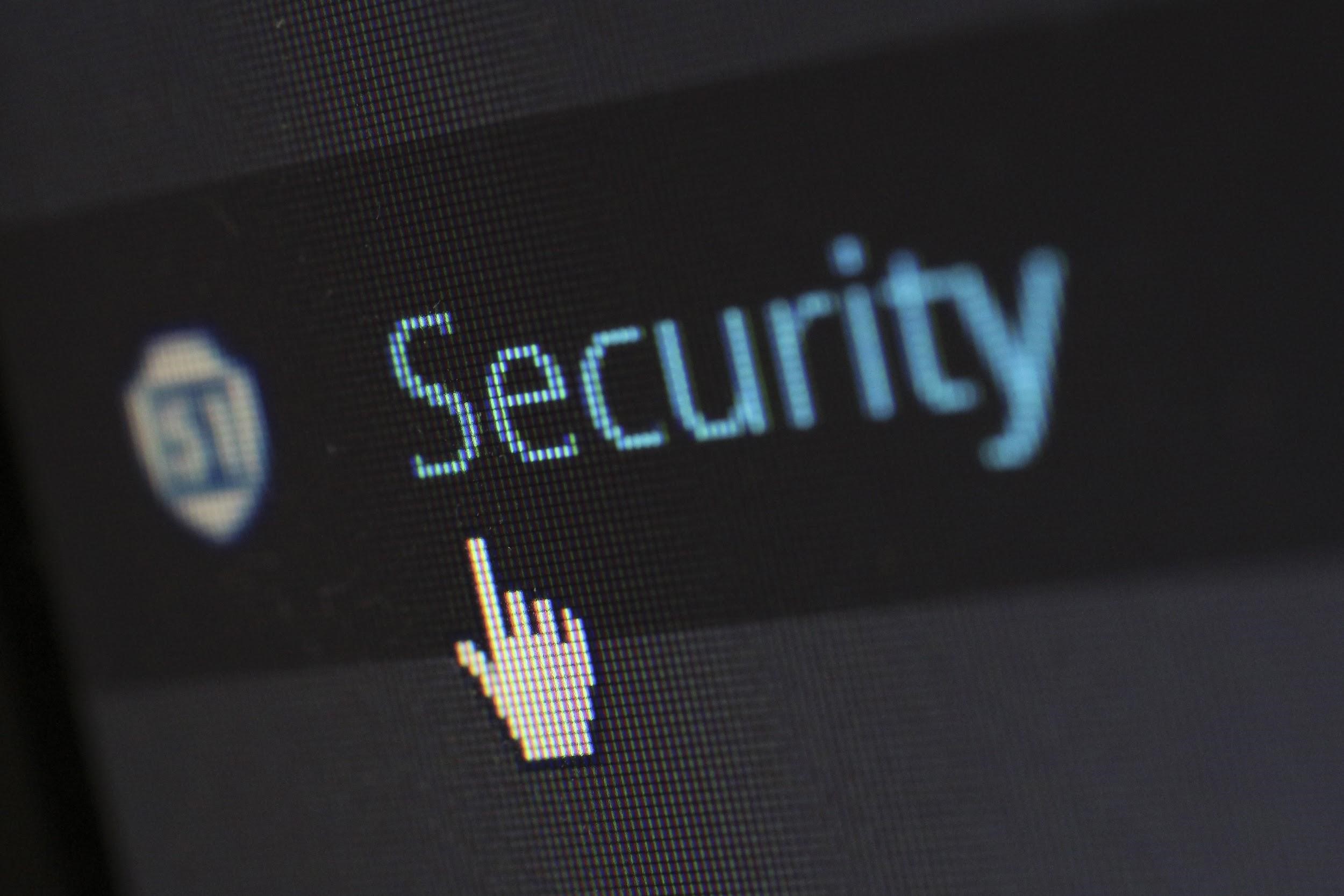Improving a computer’s security should be one of your priorities if you rely on it a lot. One cannot expect to know when there might be an attack, and if a hacker gets inside the computer, they could potentially get their hands on personal information.
Of course, there are other problems that cybersecurity threats pose. Even an insignificant virus or malware may lead to computer performance issues.
Thankfully, there are ways to give yourself some peace of mind. Follow the tips below and create a solid cybersecurity strategy that will help protect your computer.
Table of Contents
Tip #1 – Use Proxies and VPNs
Proxies and virtual private networks are relatively cheap. You can get a decent service for a couple of bucks per month to boost your online security and privacy.
Whether you are looking for unbeatable proxy server prices or VPNs that are reliable, finding service suggestions online should be relatively simple. At the same time, you could ask for some recommendations from your tech-savvy friends.
The reason why you need a virtual private network or a proxy is quite simple. There may be someone who is tracking your browsing history with the intent to get hold of your data.
A VPN or proxy covers your tracks. You connect from a different location with a different IP address.
Besides using VPNs and proxies on your home network, you could also take advantage of them when you need to connect to a public network. Hotel, library, and cafe Wi-Fi usually lacks the necessary security protocols. Meanwhile, proxies and VPNs solve the problem.
Tip #2 – Get Reliable Antivirus Software

A proper cybersecurity strategy should revolve around reliable antivirus software. You need to install one on your computer and have it running in the background all the time.
Antivirus software detects and eliminates potential threats before they can snowball out of control and cause issues. However, keep in mind that leaving the antivirus running in the background is not the best approach. You should also have it perform custom disk scans. If a scan finds any corrupted files, do not wait and remove these files from the computer.
Tip #3 – Install Ad Blocker Extensions
An ad blocker extension changes your internet browsing experience. If you are sick of aggressive ad policies on the websites you browse, get an ad blocker and forget about the problem.
As far as computer security goes, an ad blocker extension allows you to avoid clicking on an ad that may redirect you to a landing page that is full of malware. And in some instances, even antivirus software might not be enough to protect the computer.
Tip #4 – Avoid Shady URLs
With the number of online scams at the moment, you would be better off ignoring any links that appear suspicious.
You can enter an URL manually on Google if you want to check it out, so not clicking an original link would be the correct decision. Even if you receive a link from someone you know, trust your gut and do not risk something that may end up biting you back big time.
Tip #5 – Install Operating System Updates

Whether you are running Windows or macOS, prioritizing operating system updates should be on your list.
While we associate OS updates with the latest features and performance improvements, there are lots of good as far as cybersecurity goes.
In some cases, developers push operating system updates when they want to patch a potential security hole. There might be a new virus or malware causing problems. The lack of system updates could be the difference-maker between a secure computer and a computer exposed to cybersecurity threats.
Tip #6 – Control Physical Access to Your Computer
If your computer is at home all the time, and there is nobody else living with you, then there should not be problems regarding physical access.
However, if that is not the case, you will need to ensure that only those you want to use the computer can access it. Also, disabling auto-login and just paying closer attention to the laptop will reduce the odds of someone swiping it from you and taking advantage of the information they might find on the computer.
Tip #7 – Create Data Backups

Think of data backups as a way to access important files in case something happens to them. These backups are not a direct way to protect the computer from cybersecurity threats but as a means to start again in the event that hackers or other threats decide to attack you.
Tip #8 – Change Your Passwords
Changing passwords regularly is not something that many people are keen on doing. It is too bothersome to memorize new passwords, particularly if you have multiple online accounts.
The reality is that the older your password is, the more likely you are to become a target of a threat. Using the same password for all your accounts does not help either.
Try to do things differently and create complicated passwords with the intent to change them at least once every couple of months. And if you are having problems remembering passwords, write them on a piece of paper.

